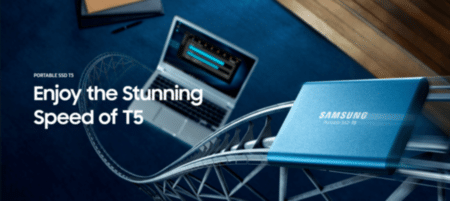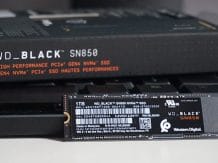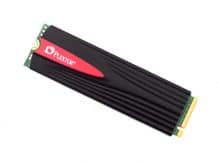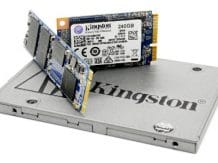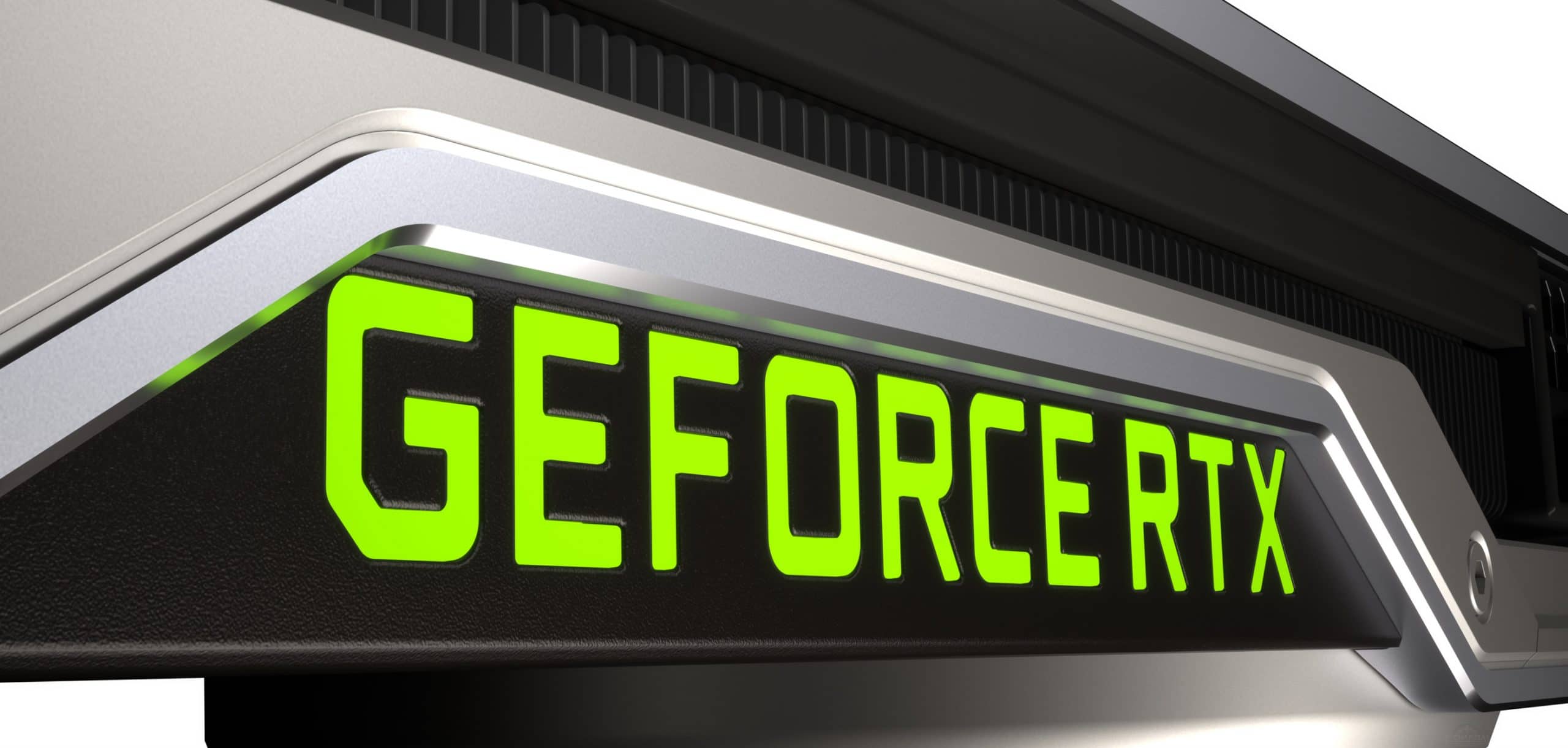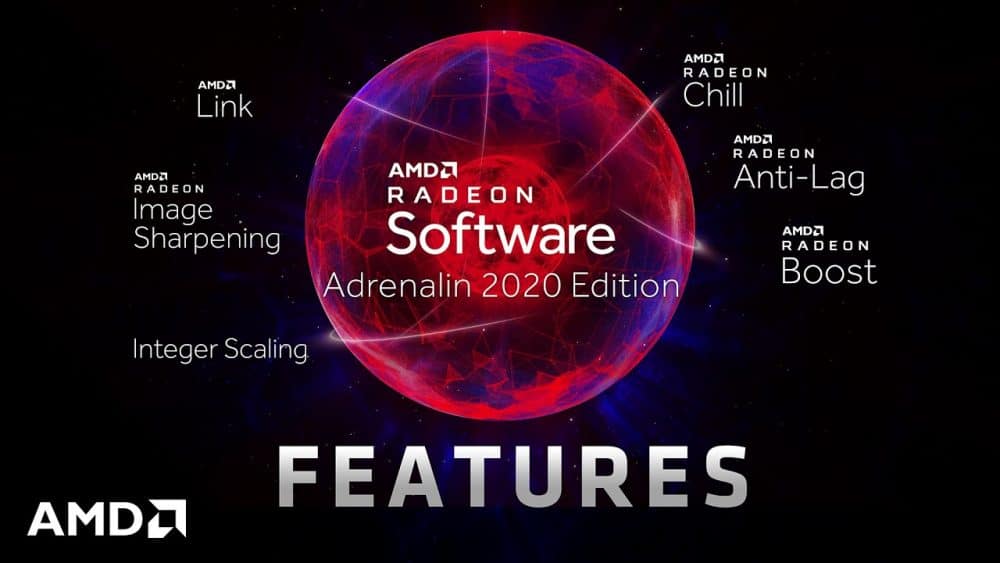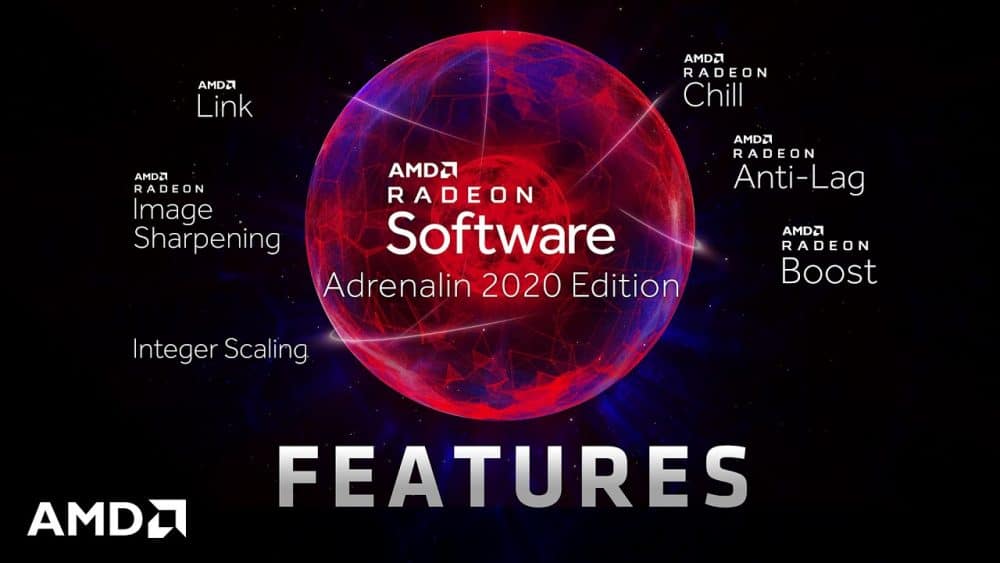Review of SSD Samsung Portable T5 500 GB: external, fast, compac-Today will will take a look at the Specs, Hashrate, CPU performance and also a testing of this SSD Drive. We will go into more details as it regards to the testing in the article below.
Sometimes a storage device is required to transfer large amounts of data between different systems. And there are difficulties in choosing: HDD cannot always be an assistant because of the mass, size, speed and vulnerability to physical stress, USB flash drives with a volume of more than 128 GB are usually already comparable to external SSD models, and the latter are devoid of these shortcomings, although their price will suit not all. But here the choice is up to the user.
For testing we got an external solid-state drive Samsung T5 with a volume of 500 GB, which is sold in domestic retail at a price of ~ 12,000 rubles. How interesting is it in practice? We will try to find the answer to this question.
announcements and advertisements
-14000р на RTX 3060 ASUS Dual
RTX 3060 MSI Gaming – a drain for a penny
RTX 3070 cheapest and all at Compeo.ru
-15000р на RTX 3060 MSI Ventus
Prices for video cards went down steeply
-14000р на RTX 3060 Gigabyte Eagle
Another top vidyaha with a mega discount
RTX 3060 – prices have gone down
First-hand Z590 motherboards at very good prices
RTX 3060 12Gb in XPERT.RU – be in time 🙂
Galaxy S20 family price crash 25% discount
RTX 3070 at XPERT.RU at the lowest prices
Lots of RTX 3090 in XPERT.RU
A small preface-materiel
As practice shows, not all users are guided by the nuances of the USB interface, and to a heap here the manufacturers themselves have additionally worked on confusion. Therefore, before proceeding with the review of the drive, we will conduct a small educational program.
First, you need to understand the versions of the USB interface:
- USB 2.0 is already outdated, but still widely present on motherboards of desktop PCs and laptops (often only in the form of internal connectors-pads, to which you still need to connect pigtails with connectors), provides data transfer rates up to 480 Mbit / s ( in fact – something about 40 MB / s);
- USB 3.0 is a more modern version, which makes it possible to transfer data at speeds up to 5 Gb / s (in fact – about 400 MB / s), the ports of this interface can be found in the vast majority of currently operating PCs and laptops / netbooks;
- USB 3.1 is an even more modern version of USB, which was the last until the fall of last year, here the data transfer rate was doubled to 10 Gb / s (in fact – a little more than 800 MB / s);
- USB 3.2 – the official release took place in September last year, it is almost unrealistic to meet in life, another doubling of the speed is promised – up to 20 Gb / s.
Seems simple? But no. After USB 3.1 was born, the USB Implementers Forum corporation (in fact, the union of various companies such as Apple, HP, Intel, Microsoft, Renesas Electronics and a number of other developers and manufacturers) announced the renaming of USB 3.0 to USB 3.1. And to differentiate them, “Gen 1” (for the renamed USB 3.0) and “Gen 2” (for the new USB 3.1) prefixes were introduced.
This fact was immediately used by some companies to release new and re-release old solutions based on USB 3.0 logic (because it is cheaper), because ordinary ordinary users were not ready for such a trick. What to say, if a number of companies in their internal markings, and even end products for users still use the designation “USB 3.0”, because it is easier that way.
The next point is the types of connectors. There are three of them at the moment: USB Type A, USB Type Micro-B and USB Type C. The first and third are found on many motherboards (including mobile devices), and the second – on some external drives and docking stations.

For some reason, a number of users (perhaps due to the novelty) have developed an erroneous stereotype that “Type C” is USB 3.1 Gen2. But this is basically wrong: in this version, even USB 2.0 can be caught (on the same AliExpress, such cables are on sale), there are no restrictions on this. For example, here is the rear interface panel of the ASUS ROG Strix X470-F Gaming motherboard, my review of which was published the other day:

Here, both standard USB 3.1 Gen2 are just the usual Type A (red ports), and the only Type C is just one of the six USB 3.1 Gen1.
Next is the competition between USB sticks and external SSD models. Ideologically, both the first and the second are flash drives. But it is SSDs that usually use a more advanced hardware platform: faster controllers, firmware with advanced algorithms for working with flash memory, flash memory itself is often of a higher quality gradation.
Plus, the usual SSD hardware platform gets the implementation of SMART attributes and the ability to track the current state of the drive, and sometimes the temperature. Although a lot here depends on the “correctness of hands” from the creators of a particular SSD:
- The controller itself may not contain software temperature monitoring and include a poor SMART (hello Phison S11);
- Due to incorrect configuration or antiquity of the USB-SATA converter, the TRIM command, which is necessary for many drives to maintain full performance, may not pass (if we talk about NTFS, there is still no TRIM support for the exFAT file system in Windows systems);
- Sometimes the type of drive (HDD or SSD) may be incorrectly set in the firmware of the microcircuit, which can lead to attempts by the operating system to run standard defragmentation on such a device.
Regarding the last two points – “warm greetings” to Silicon Power Portable SSD Bolt B80, in which at least some of the released batches contain both of these shortcomings.
However, structurally external SSDs are usually built according to the scheme “USB-SATA interface converter chip plus conventional SSD hardware platform”. In other words, either an adapter PCB with a converter controller is placed inside the case, into which a regular mSATA or M.2 SSD is inserted, or a single PCB that carries all of the above.
As a result, an external SSD is larger than a regular USB flash drive and is often connected via an additional cable. Therefore, there is no definite answer to the question of which is better – a USB flash drive or an external SSD, and is not expected in the near future.
Samsung T5 review
There are four sizes available in this line: 250 GB, 500 GB, 1 TB and 2 TB. The interface for communication with the system is USB 3.1 Gen 2. The performance level is not specified, only “data transfer rate – up to 540 MB / s” is indicated.

Physical design – metal case with dimensions 74.0 x 57.3 x 10.5 mm. The color of the case depends on the volume: the two junior versions are painted blue, the two older ones are black. Increased mechanical stability of the drive is declared: Samsung T5 must withstand drops from a height of up to two meters. In this case, there is no moisture protection.
https://www.youtube.com/watch?v=-9So6n85_tg
Packaging and equipment

The hero of the review is delivered in a large sealed box, inside of which it is embedded in a special “two-story” form of plastic, where, in addition to the device itself, two more interface cables are placed. In addition, an information leaflet is hidden in the box.

Both cables perform the same task, they are simply designed for different types of connectors: USB Type C <> USB Type C and USB Type C <> USB Type A. Thus, Samsung took into account the fact that not all users have USB Type C (and there are still most of them) and only USB Type A ports are implemented on their motherboards.

Visual inspection

The drive is made in a metal case with dimensions of 74.0 x 57.3 x 10.5 mm. The mass of the SSD, according to Samsung, is 51 g (there is no way to check this figure). There is not a single sharp corner in the body: on the sides it is rounded, on the ends – the edges are seamed. This is done in order to minimize possible risks, for example, rupture of the fabric of clothing when wearing the device in a pocket.

On one end there is a USB Type C port and a hidden LED that blinks blue during operation and flashes red once if it can be turned off, the other is printed with the model number, peak power consumption level, serial number and volume. By the way, the end caps are made of plastic.
For disassembly, you need to peel off the stickers from the ends of the case: from the side with the marking it will be possible to remove the plug itself, but from the side of the connector, unscrewing the two screws will remove the internal structure.

On both sides, the drive is covered with a thermal interface, which practically does not contact the metal part of the case.





The MZBLN500HAJQ marking does not tell us anything, but Samsung S4LN062X01, Samsung K90MGY8H5A and Samsung K4E4E16 4EESGCE fully answer the question of what we have in front of us: a Samsung MGX controller, a 64-layer TLC 3D V-NAND Samsung and 512 MB Low Power DDR3 are Samsung 850 Evo in its third incarnation, made in the mSATA form factor.
The total amount of flash memory array is 512 GB. Part of it is standardly allocated to a hidden reserve, and the volume itself is indicated in decimal system (to indicate the volume, 1 GB is used equal to 1,000,000,000, and not 1,073,741,824 bytes). Therefore, in reality, only about 465 GB is available to the user, the rest of the volume is used to increase the speed of the drive, in order to level out wear, as a reserve pool to replace failed memory cells and other service needs.
The SSD is installed in an adapter card based on the ASMedia ASM235CM controller.




Moreover, as we can see, the developers insured themselves by installing a chain of three 100 mKF capacitors, which accumulate charge and thereby serve as a safety net in the event of an unexpected power outage (the user pulled the drive out of the USB port without using the standard “eject” function) – this there should be enough charge to save the repeater table correctly.
Samsung T5 is the direct successor of Samsung T3, the main differences are two: the transition from 48-layer to 64-layer TLC 3D V-NAND crystals and a controller converter with support for USB 3.1 Gen2 (Samsung T3 used ASMedia ASM1153). The first pursues a completely mundane goal of reducing production costs. The second is more of an image component. The fact is that the drive itself is still a SATA solution, and therefore the transition from Gen1 to Gen2 will simply not give a significant increase in speed.





